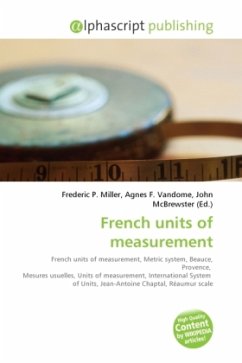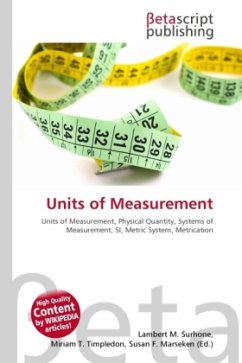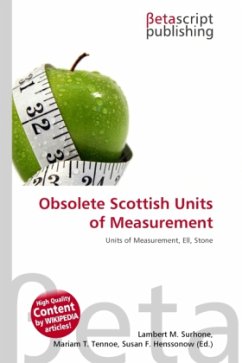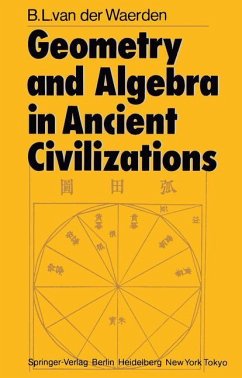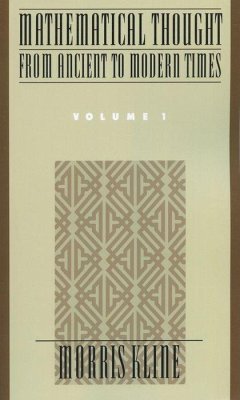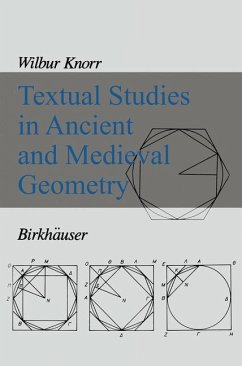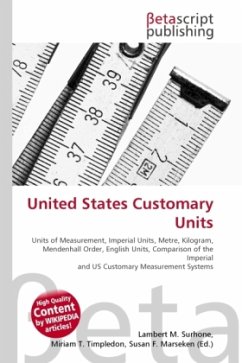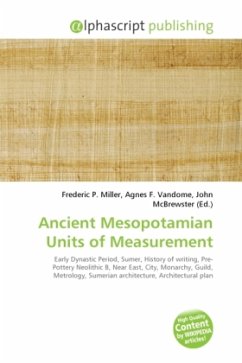
Ancient Mesopotamian Units of Measurement
Versandkostenfrei!
Versandfertig in 6-10 Tagen
26,99 €
inkl. MwSt.

PAYBACK Punkte
13 °P sammeln!
Ancient Mesopotamian units of measurement originated in the loosely organized city-states of Early Dynastic Sumer. The units themselves grew out of the tradition of counting tokens used by the Neolithic cultural complex of the Near East. The counting tokens were used to keep accounts of personal wealth and had both metrological and mathematical functions. Each city, kingdom and trade guild had its own standards until the Formation of the Akkadian Empire when Sargon the Great issued a common standard. This standard was improved by Naram-Sin, but fell into disuse after the Akkdian Empire dissolv...
Ancient Mesopotamian units of measurement originated in the loosely organized city-states of Early Dynastic Sumer. The units themselves grew out of the tradition of counting tokens used by the Neolithic cultural complex of the Near East. The counting tokens were used to keep accounts of personal wealth and had both metrological and mathematical functions. Each city, kingdom and trade guild had its own standards until the Formation of the Akkadian Empire when Sargon the Great issued a common standard. This standard was improved by Naram-Sin, but fell into disuse after the Akkdian Empire dissolved. The standard of Naram-Sin was readopted in the Neo-Sumerian Period by the Nanse Hymn which reduced a plethora of multiple standards to a few agreed upon common groupings. Successors to Sumerian civilization including the Babylonians, Assyrians, and Persians continued to use these groupings.



